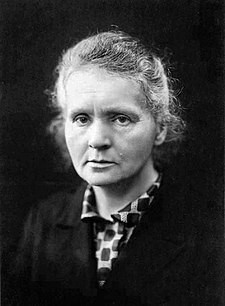The day has come, The first day of Design week. We have both looked forward to and been scared of this moment.
The day started by dividing the class into groups, the groups consists of Natalia and Linden from Architecture technology and Steph and Ryan from Hazlewick school. The group were given the name Marie Curie, after the great female physicist and chemist, that is the only one to ever win two Nobel prizes in two different categories.

We were then given the task that we would work on for the next few weeks. We were going to build a Shipping container health clinic. The aim was to make a clinic that can be movable, and operational when it comes to the Ebola crisis in western Africa. The client is UNICEF, and need to include every aspect needed in a health clinic.
 After the task was handed out, the brainstorming began, both when it came to design, materials and functionality. We all came up with different ideas and shared them with the group and after a while, we where able to come up with an idea that everyone was pleased with.
After the task was handed out, the brainstorming began, both when it came to design, materials and functionality. We all came up with different ideas and shared them with the group and after a while, we where able to come up with an idea that everyone was pleased with.

Half of the task for this week is also to write on this blog, and we were given an introduction into how and where to write by Jason Bailey. And the group then had to write our first blog post about Marie Curie, the person our group is named after.
We were also given a presentation by our client for this project, Emmanuel. He has been working on health clinics before, when it comes to cholera. And he explained what is needed in a health clinic and some specifications in what is specially needed for a clinic located in western Africa that is meant for ebola victims.

We then went to see the modelling studio, where we will be making our models for the project.
 We were also given a presentation by Poorang Piroozfar about industrialised systems for rapid construction. And showed different types of systems that we can use for inspiration in the project.
We were also given a presentation by Poorang Piroozfar about industrialised systems for rapid construction. And showed different types of systems that we can use for inspiration in the project.

All inn all this has been a long but interesting day, learning about the project and going from brainstorming different ideas to agree on one type of design. The group is functioning well, and is on track for the next few days to come.
– Ine Ringlund






















